As the Institute of Biomaterial and Biomedical Engineering (IBBME) changes its name to the Institute of Biomedical Engineering (BME), it is time to revisit some of the previous identities the Institute has taken on. For the past 58 years, biomedical engineering at the University of Toronto had experienced three name changes. Along with it, the meaning of biomedical engineering has also evolved over the years.
We spoke to previous directors of our Institute and asked them to share some thoughts on the field of biomedical engineering.
Brief History
by Robert Pilliar (Director: 1992-1999):
The original Institute of Biomedical Engineering was based mainly on merging research activities from the Department of Electrical Engineering and the Faculty of Medicine (primarily Dept of Physiology). The Centre for Biomaterials’ activities were founded more on materials-related research aimed at clinical applications of materials and structures in Medicine and Dentistry.
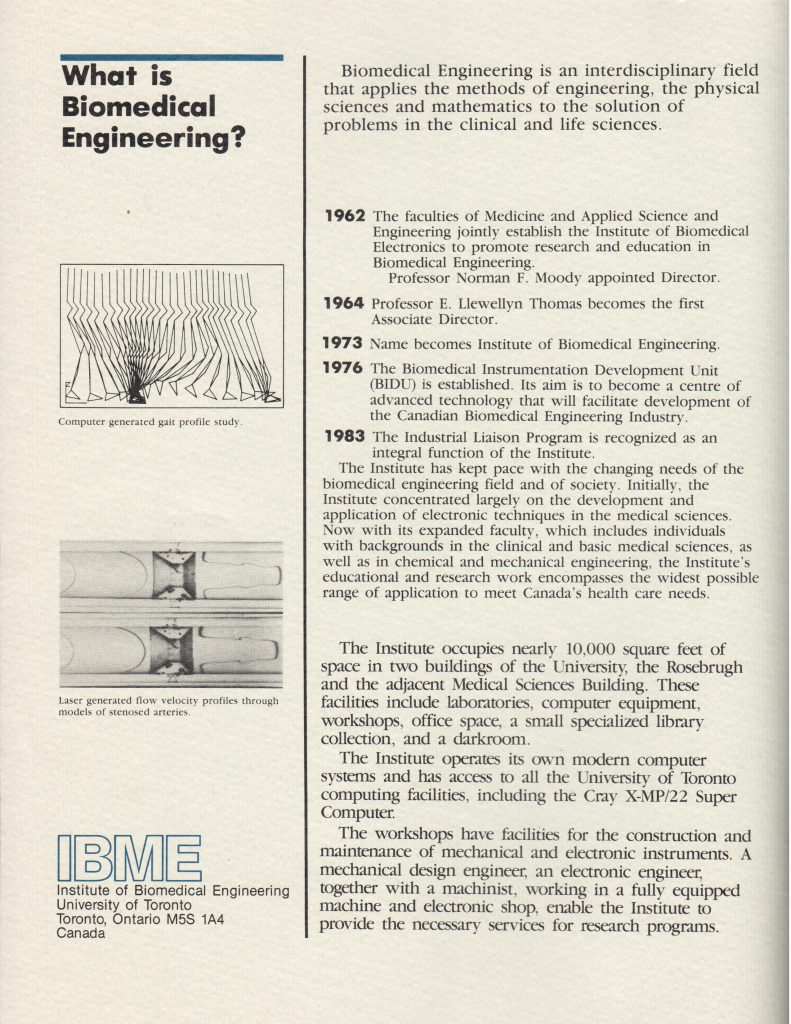
A need for an understanding of biocompatibility became a dominant theme of many collaborative studies in this area starting around the mid-1970s with increasing involvement of medical and clinical researchers with others in Applied Science & Engineering (mainly departments of Chemical Engineering, Materials Science & Engineering and to a lesser degree Mechanical Engineering) as well as individuals from the Arts & Science Faculty (mainly Chemistry). By the time the Centre for Biomaterials (C4B) and Institute of Biomedical Engineering (IBME, 1974-1999) merger occurred and for a few years prior to that, the biological sciences input to the biomaterials field, as evidenced by presentations at major scientific conferences such as the World Biomaterials Congresses, had become very significant and in many cases, more prominent than the traditional engineering topics and methodologies that had dominated earlier studies.
The engineering-based researchers that continued to contribute significantly to progress in the biomaterials field were those that, either by osmosis through dedicated collaborations with biologists/clinician researchers or through further biology-based self-education, had become experts in the emerging Biomaterials field. This then formed the basis for IBBME research activities at the time of the C4B/IBME merger and the key to its success, as in pre-merger times. This success was dependent on the close association, communication and collaboration between the non-biology- and biology-based disciplines, a factor that was greatly enhanced through the merger and establishment of laboratory and office space for collaborators within IBBME. This continues to be the key to success and innovation of IBBME research.
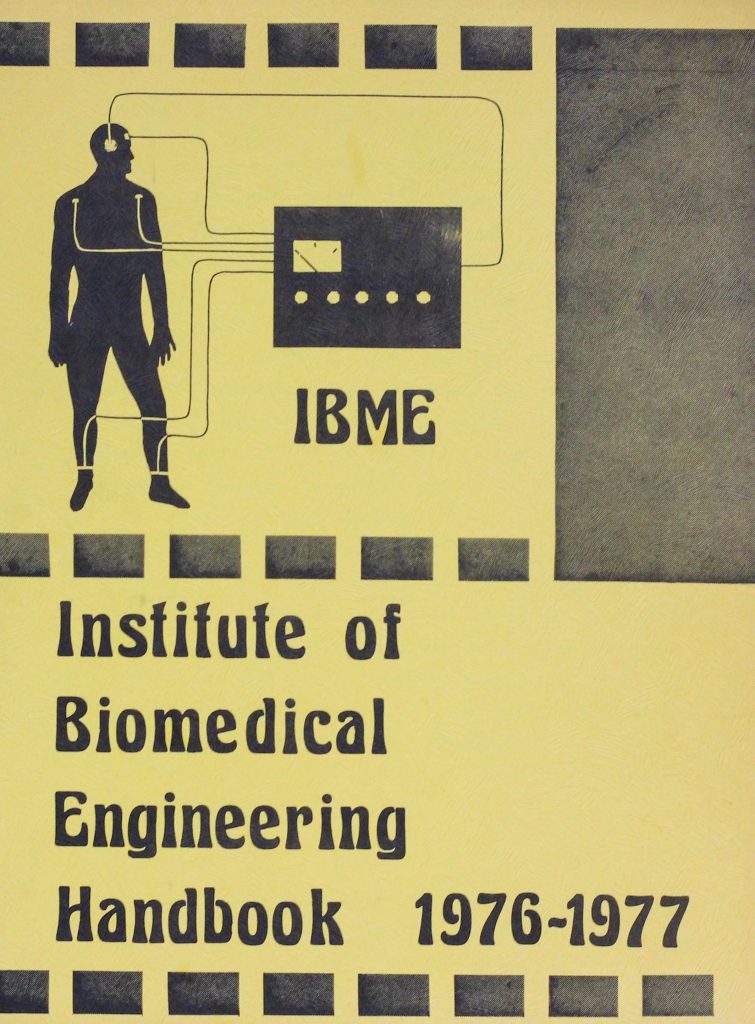
Graduate handbook (est. 1977) 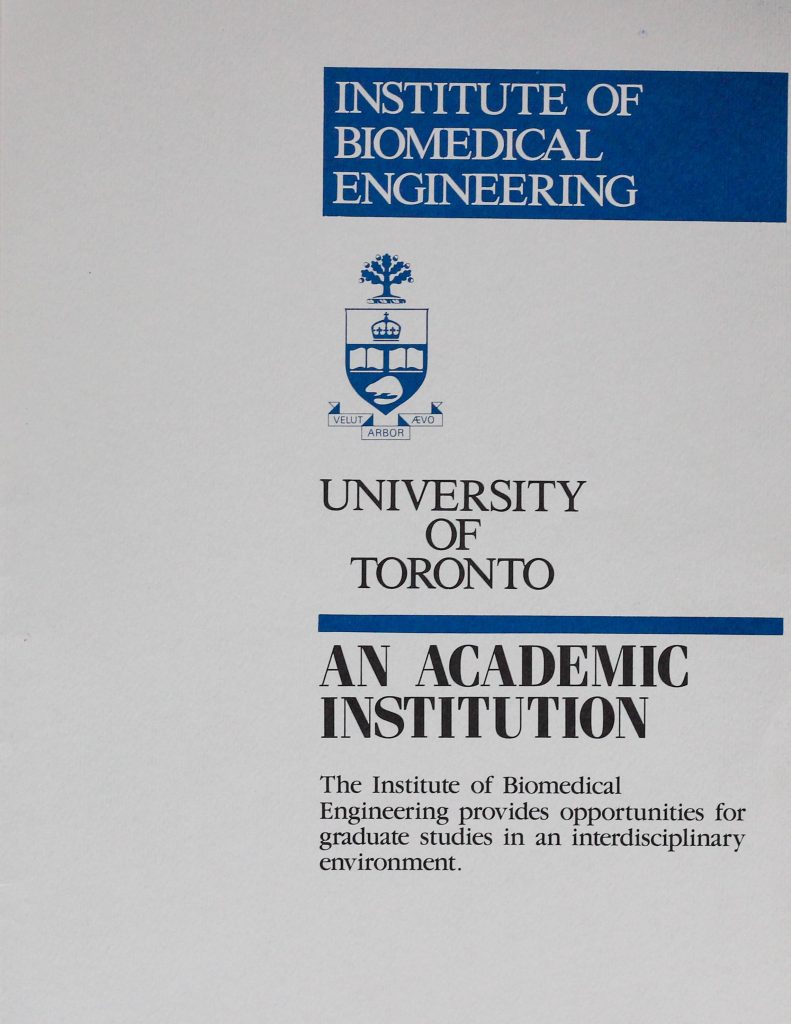
Graduate pamphlet (est. 1992) 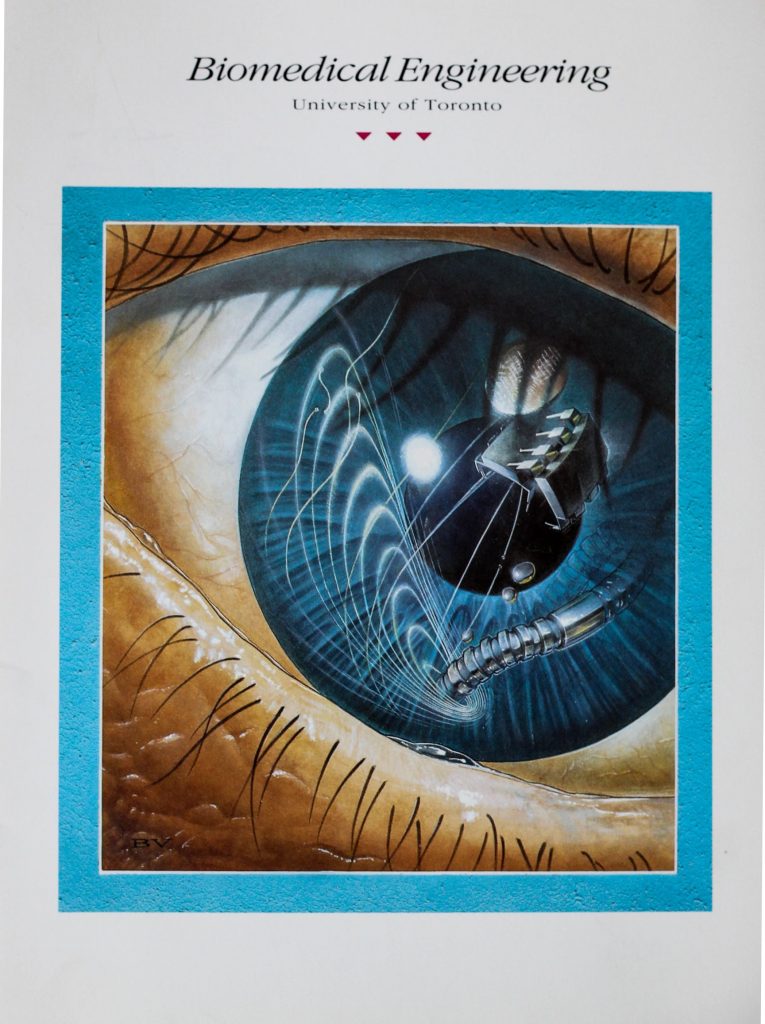
Program introduction (est. 1994)
What is the identity of biomedical engineering?
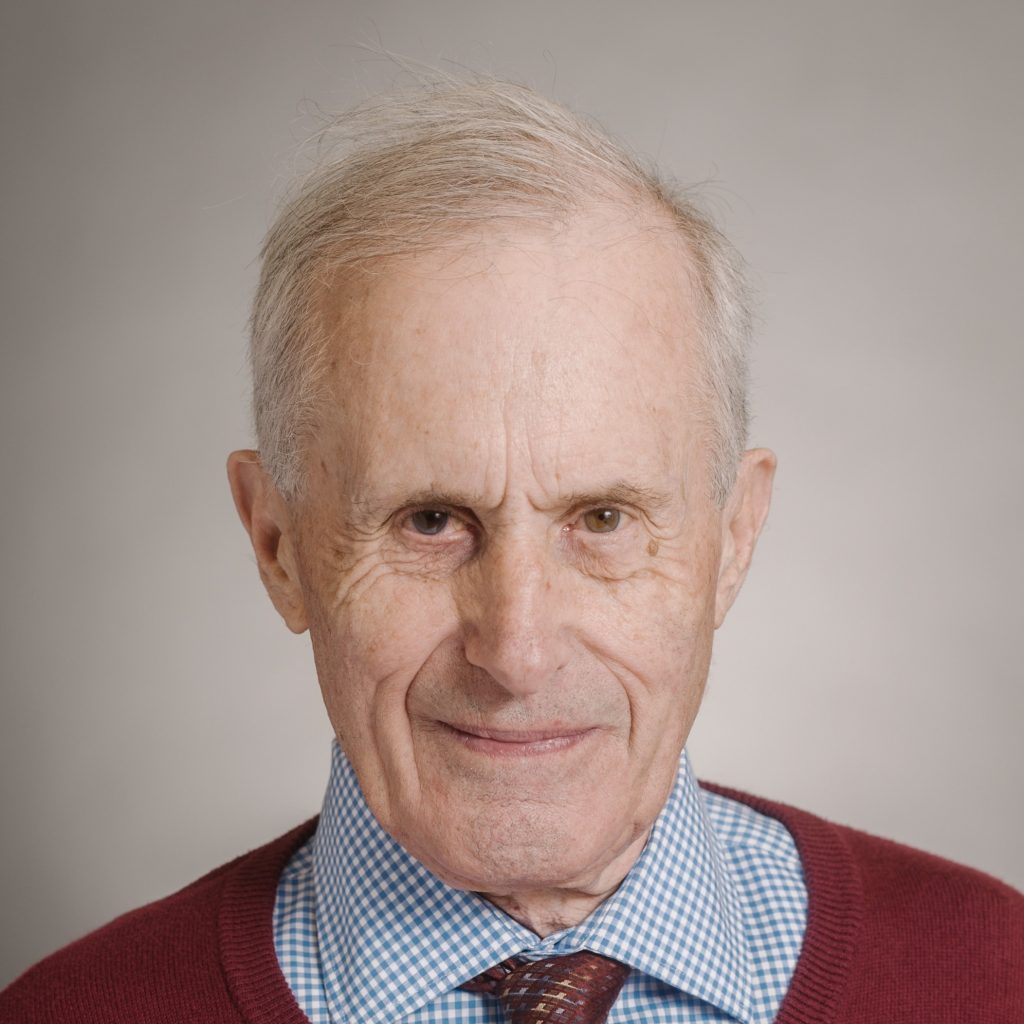
Richard Cobbold (from archives): Biomedical engineering first emerged as a separate discipline during or shortly after the Second World War. In Canada, the beginning can be traced to the founding of the Defense Research Medical Laboratories in the 1950’s, one of the purposes of which was to investigate certain aspects of the interaction between humans and machines, particularly under stress. The field soon broadened from instrumentation and measurement to active support in medical research and clinical practice, and the role of the biomedical engineer changed from that of designer to collaborator.
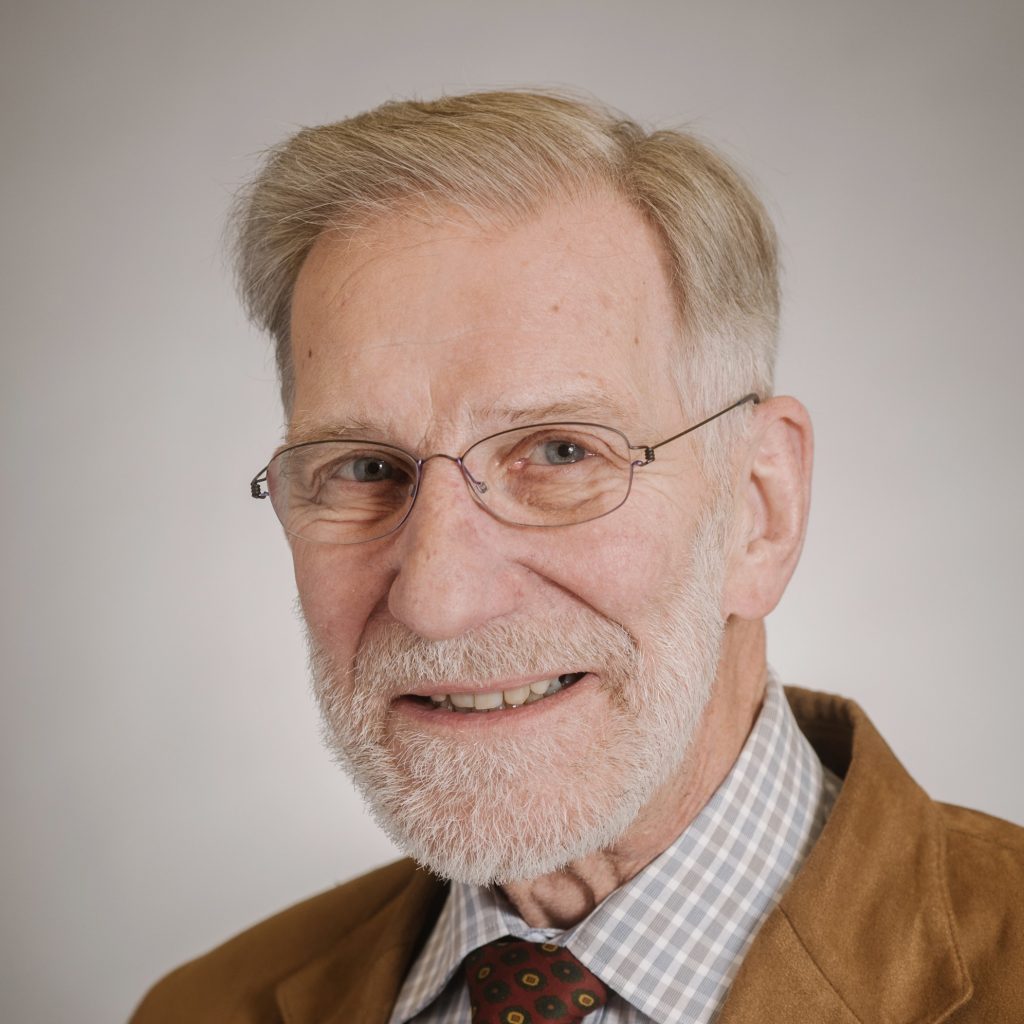
Hans Kunov: We used to build medical equipment; now we build biological systems. Biomedical engineering is a vast and expanding field. It is necessary to focus teaching and research to well defined areas of expertise, without losing sight of the big picture.
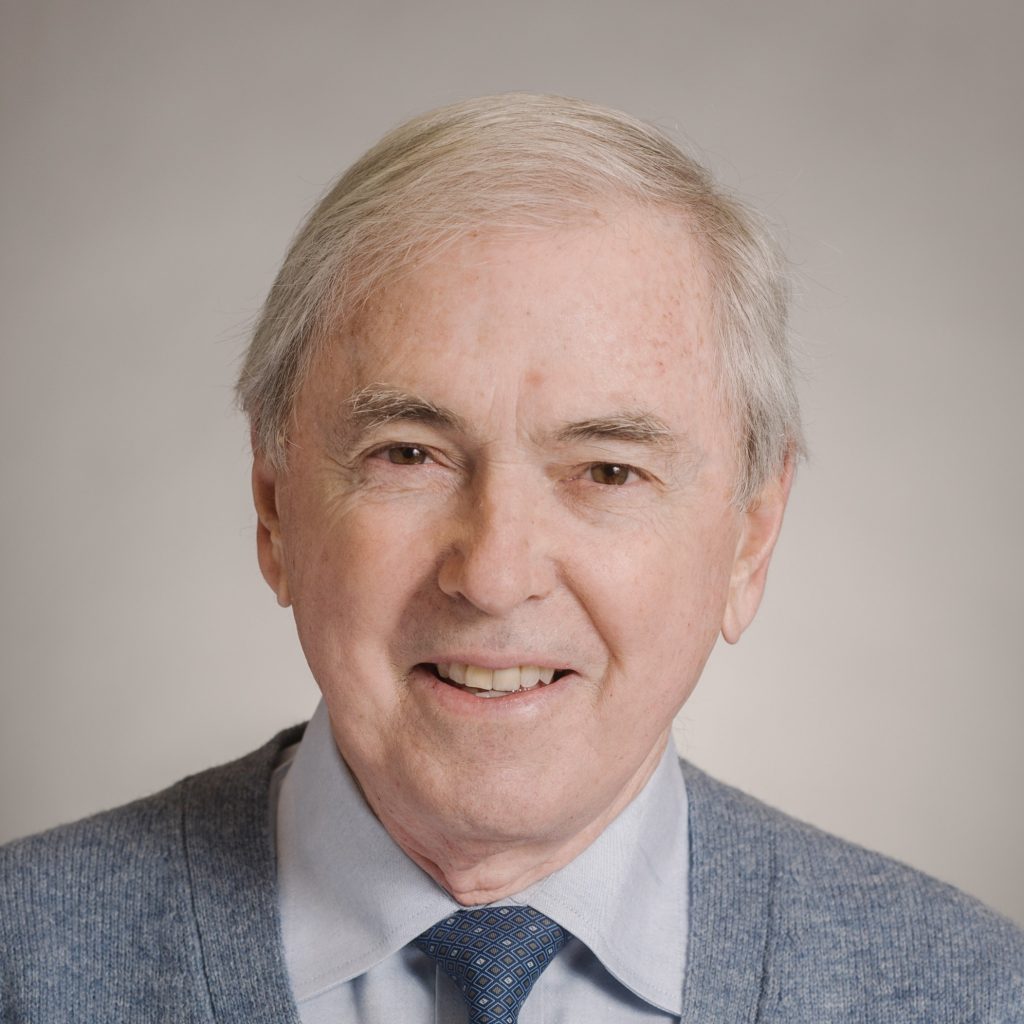
Robert Pilliar: Biomedical Engineering is a catch-all moniker that represents an evolving field of study, open to contributors from all basic and applied science disciplines willing to apply the acquired knowledge, skills and expertise from their home discipline to this multidisciplinary research field.
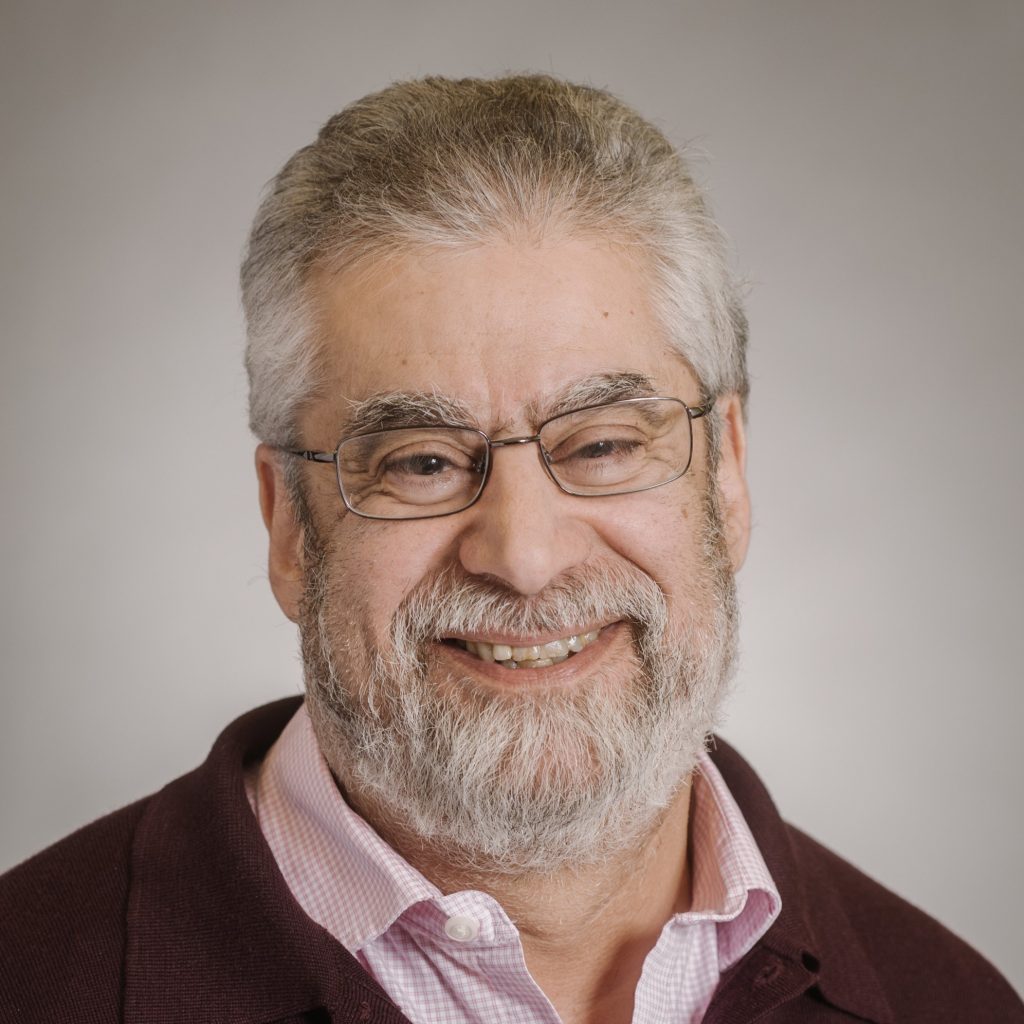
Michael Sefton: The focus used to be on application of engineering in medicine and now and throughout the history of IBBME, it is more about integration of engineering and medicine. Somewhat akin to the origins of chemical engineering as the combination of engineering and chemistry, as distinct from an offshoot of mechanical engineering.
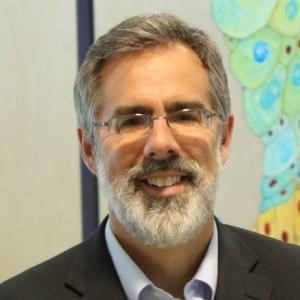
Ross Ethier: Biomedical engineering is the profession that uses technology and our engineering knowledge to improve human health. It is incredibly broad, covering topics as diverse as medical device design, development of regenerative medicine-based therapies, invention of new imaging technologies, and using big data to understand disease processes. Biomedical engineering is the field that naturally attracts talented people with analytical, quantitative backgrounds who are not afraid to grapple with the messy reality of clinical medicine and biology.

Paul Santerre: Biomedical engineering represents a field that enables one to be as multidisciplinary as they wish, from molecules to cells, to engineering design, to the commercialization of devices, to patients. Hence, its gives us a chance to attract many more excellent students than we would normally, because we capture the career academic as well as the translational scientist.
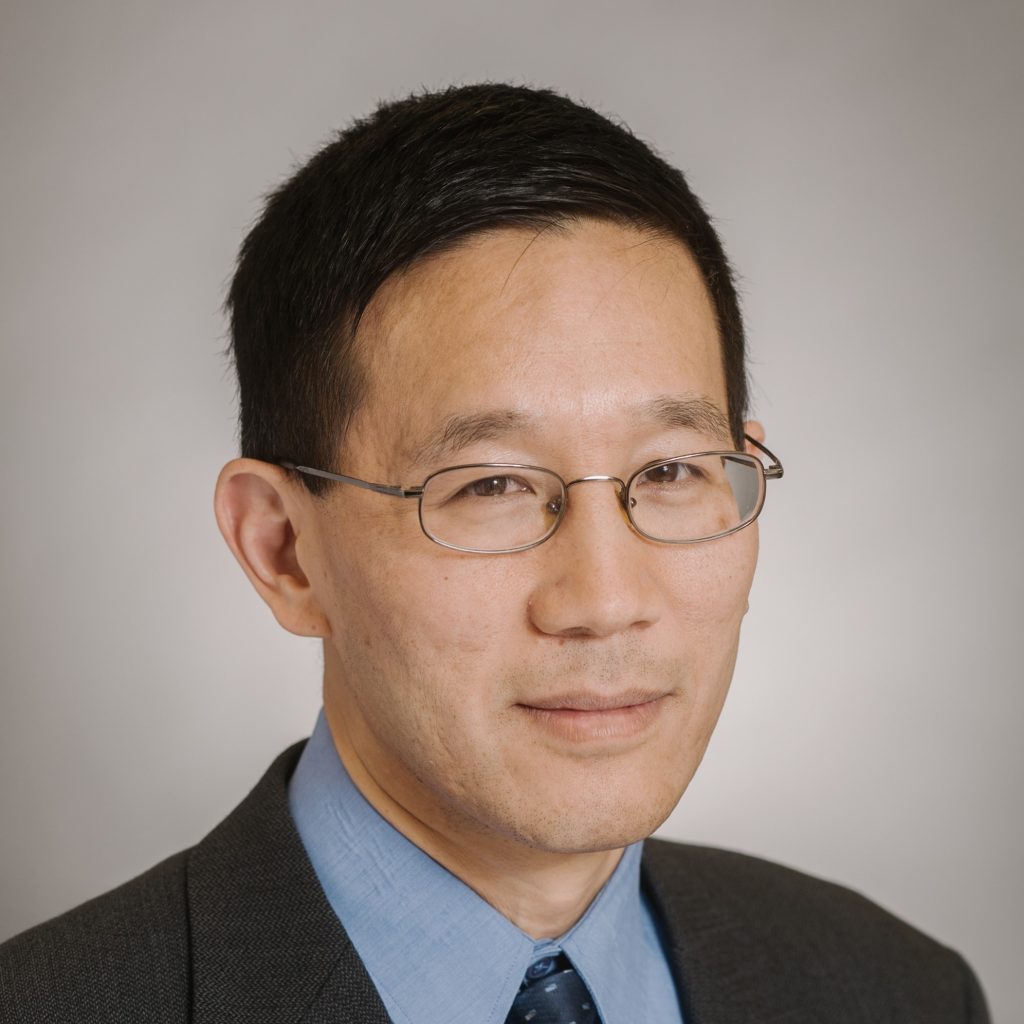
Chris Yip: A truly challenging question to answer and one that is constantly evolving – Biomedical engineering is perhaps among the first truly integrative fields of study that has focused on translating between the engineering and biomedical sciences. Applying quantitative engineering approaches to the challenging and uniquely complex questions and insights from biology and medicine has been long been the hallmark of biomedical engineering.

Warren Chan: Biomedical engineering uses principles from engineering and the physical sciences to solve the most challenging medical problems. This transdisciplinary field addresses the problems from the molecular, cell, tissue, and patient level. Students trained in Biomedical Engineering knows how to look at problems from every angle and find the fastest strategy to solving the most pressing problems.

What is the future of biomedical engineering?

Robert Pilliar: Future evolution of the Institute’s operations hopefully will retain the strong multidisciplinary tradition that has developed over the years. This has been our strength in the past and will continue to be so as new undergraduate and graduate students are drawn into the Institute of Biomedical Engineering program.

Michael Sefton: Convergence of life sciences and engineering will be complemented with convergence of engineering disciplines, in new technologies such as wearables and digital health being integrated with biological components.

Ross Ethier: Biomedical engineering is the field that has most transformed the delivery of clinical medicine: think how barren the operating room would be without all the imaging equipment, the heart-lung bypass machine, the real-time monitors, and the surgical tools. Biomedical engineering is the branch of engineering that most directly focuses on human well-being and health; for me, this makes it the most exciting and rewarding place to work.

Paul Santerre: I think that the future belongs to advances in the rational design of health care solutions that are practical. Health care systems are bankrupt, so innovations need to use the forefront of nanomaterials, AI, and molecular/cellular biology to create efficiently engineered solutions that are scalable to the health market place. It is such thinking that will rationalize governments to continue to invest in BME research. I think that BME-Toronto needs to promote more translational thinking integrated into the curriculum so that we better prepare our students for where the job opportunities lie.

Chris Yip: As the saying goes, the future looks bright. The boundaries and definitions of the engineering and biomedical fields are constantly in flux – with trainees and researchers from both domains eager to learn more from each other, gaining a better appreciation of the opportunities, challenges, and complexities inherent to their fields. Building these trans- and cross-disciplinary partnerships, something that is inherent to BME, will undoubtedly let us revisit old paradigms, perspectives, and models in different ways that will directly and positively impact human health.

Warren Chan: Biomedical engineering became a major research theme in the late 1990s and early 2000s. It went through it’s bumps and bruises as we learned what it means to be a researcher and be educated in Biomedical Engineering in the last 20 years. The field has built a solid foundation and is soaring. In the next 50 years, it will soar to new heights in the design of new technologies to help patients, or new personalized drugs to treat diseases. Trainees in this field will translate these technologies, build new economies, and solve some of the most critical problems facing society.
For a more detailed account of BME history at the University of Toronto, please visit this article.


